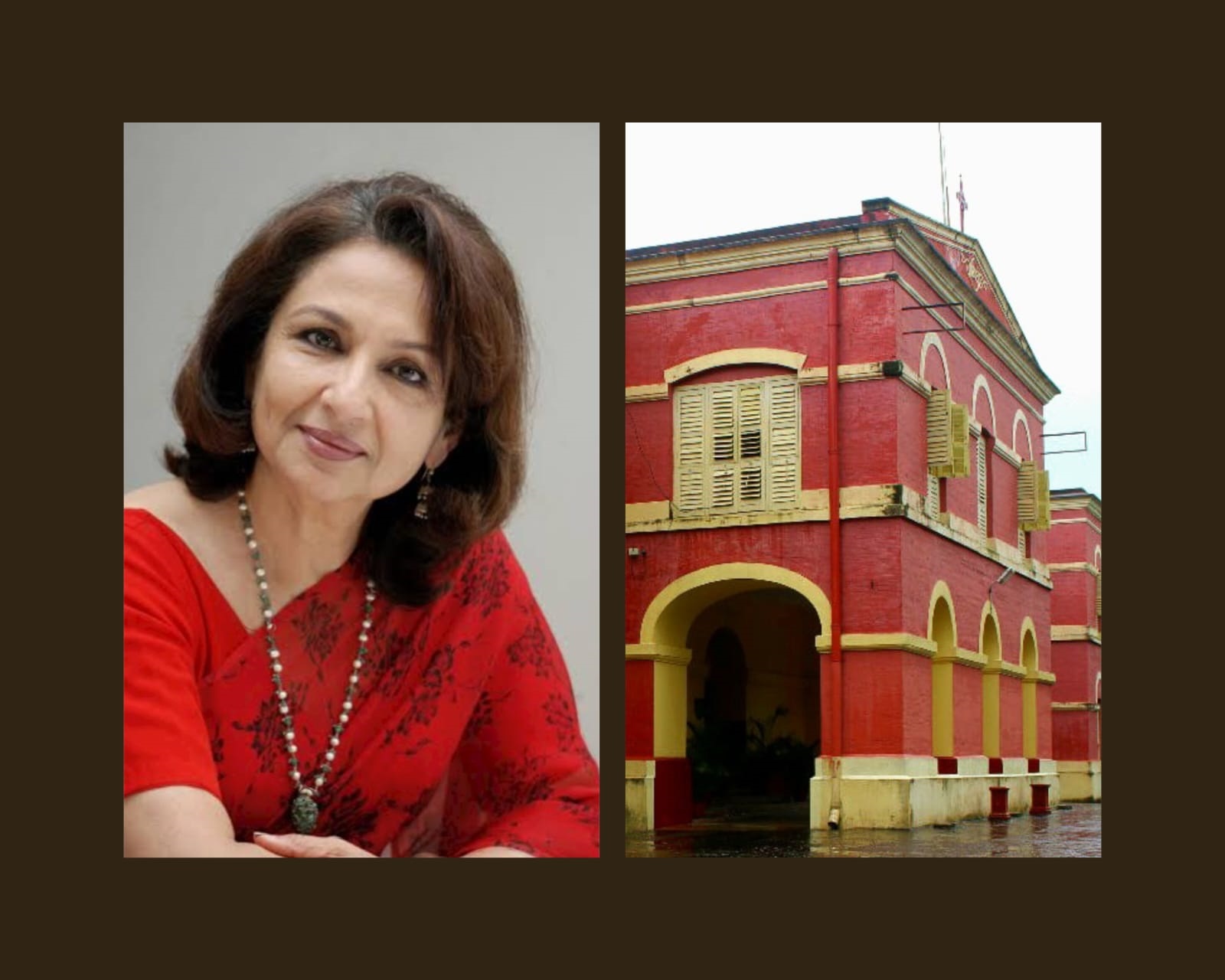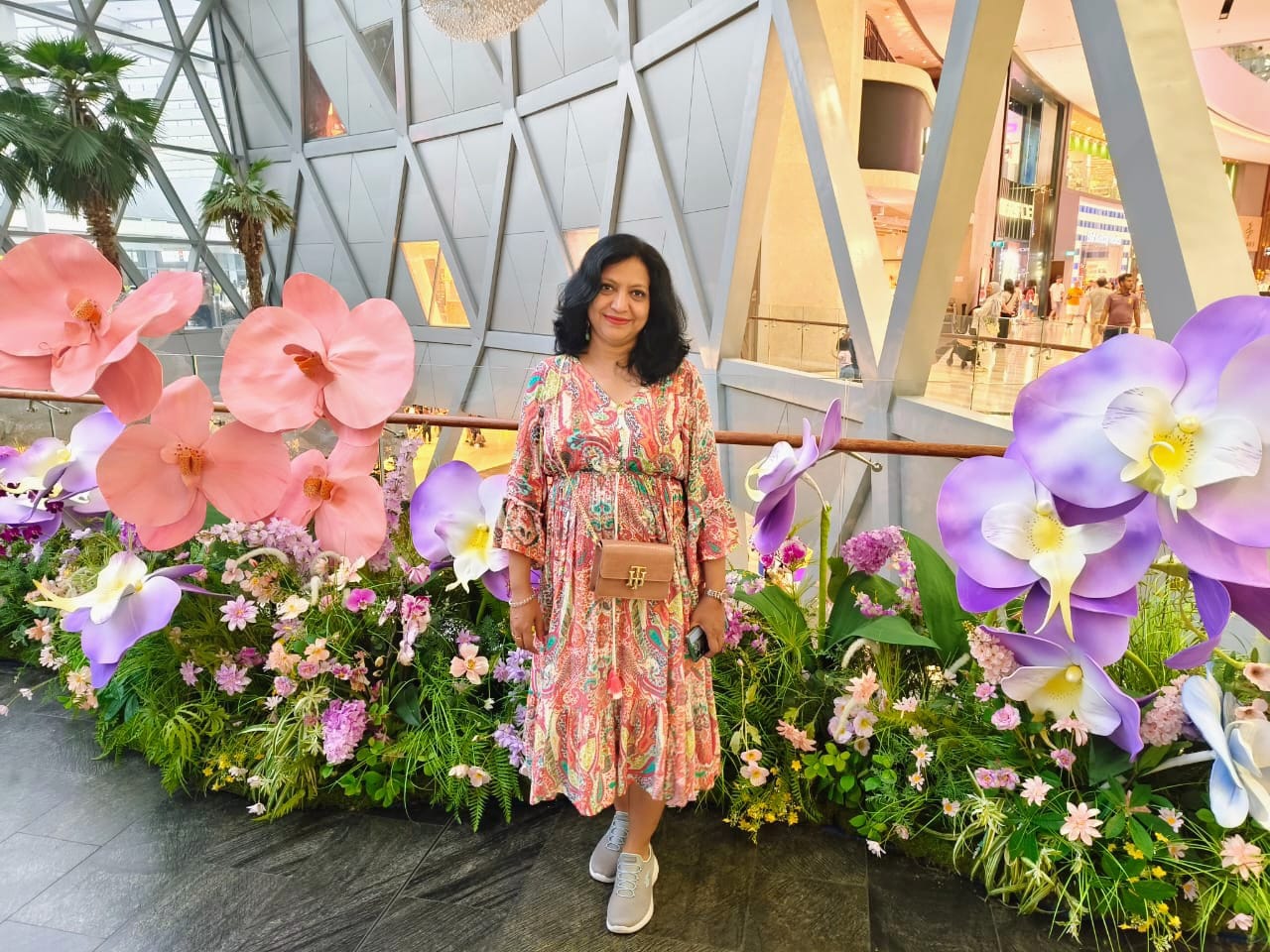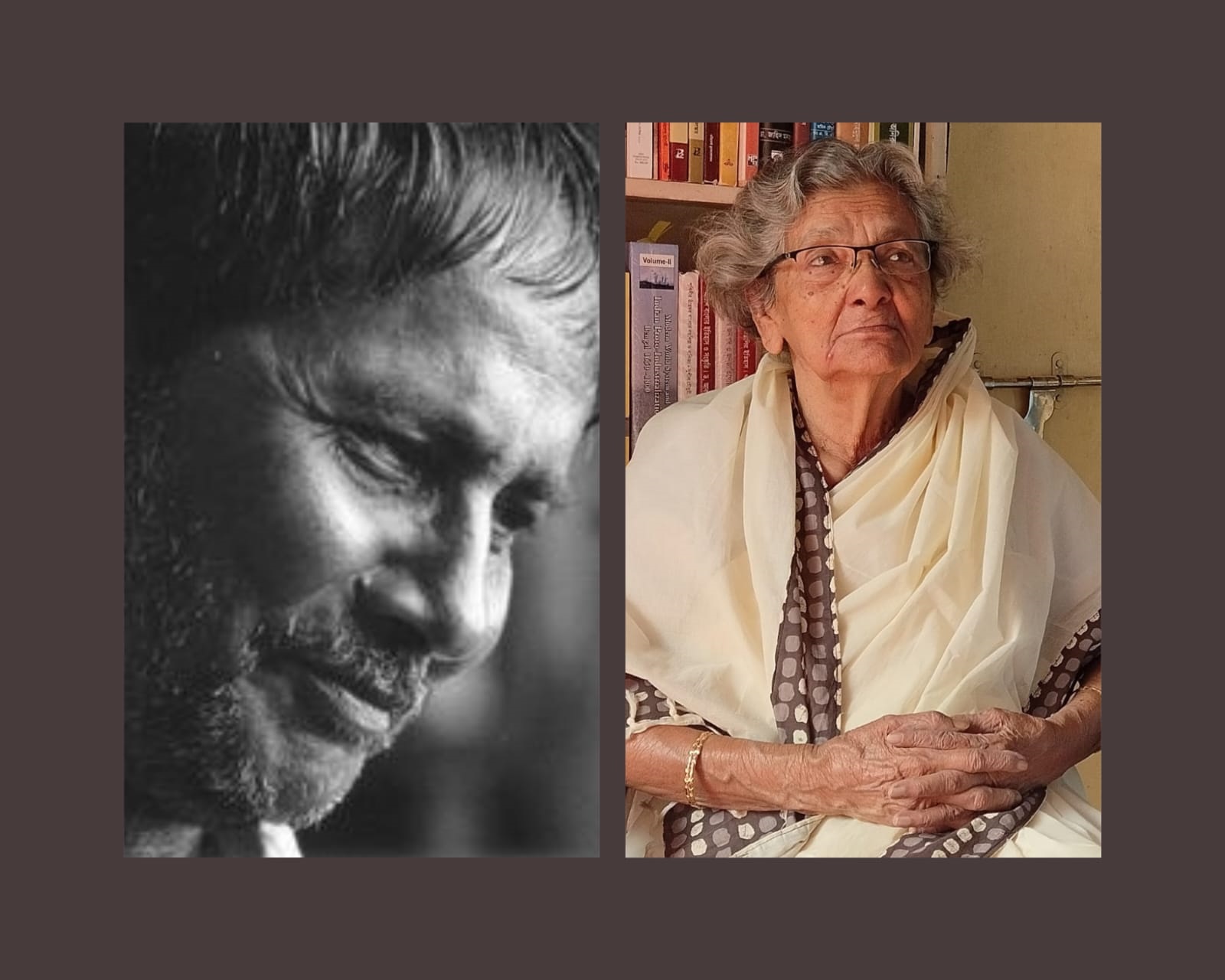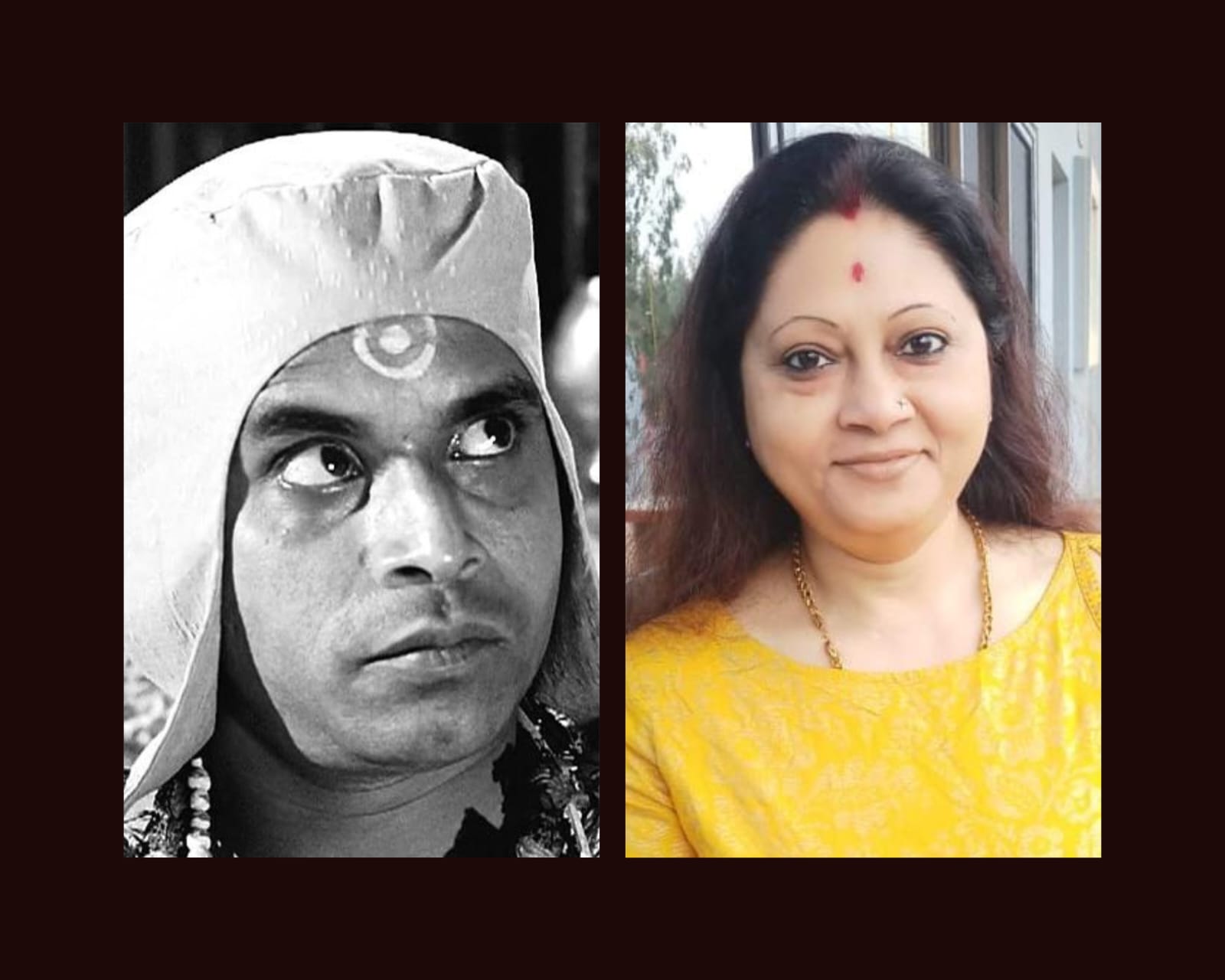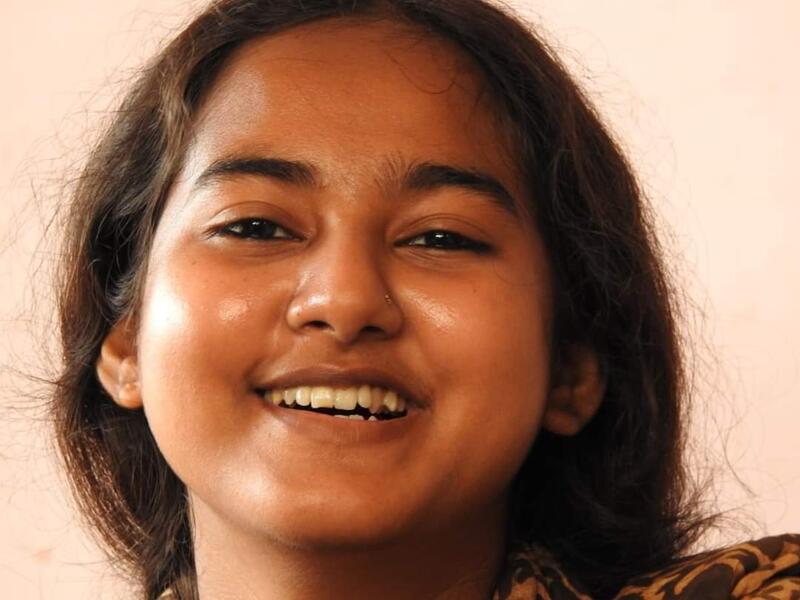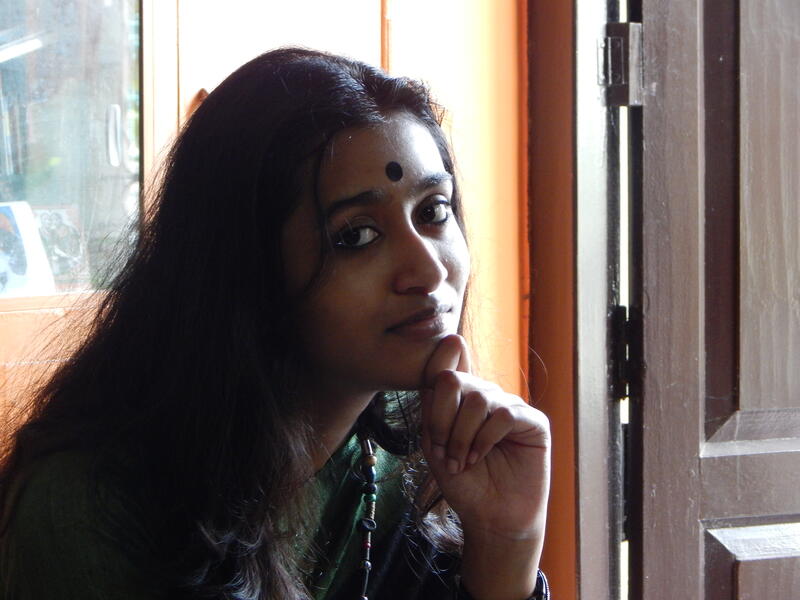Do you have shooting stories that read like film scripts? Or an anecdote about a film-buff whose crazy habit of watching the same film over and over again makes you want to fall in love with movies once again? Or a photo and a film-viewing memory at a theatre that is no more? BFA believes these are the stories that make movies larger-than-life. So, what are you waiting for? Here is the platform to archive your personal stories and share them with the rest of the world.
Our email id: info@bengalfilmarchive.com
In the interview, when asked about childhood crushes Tagore candidly admitted to one. She recalled a tall, handsome, blue-eyed German boy named Wolfgang Lahmeyer from St. Patrick's School, located adjacent to hers. Their interactions were limited to exchanging glances near the shared school gate and a brief encounter during a school social event before he returned to Germany.
For us, this common gate was a landmark where many sweet memories blossomed between students from both schools. Some classmates shared additional details: Wolfgang had a rival named Tublu Dutt. Their competition for Sharmila’s attention led to several altercations, with Wolfgang warning Tublu to stay away. Eventually, the school principal intervened, and Tublu moved to to another school in Darjeeling.
Although both schools were in Asansol, Sharmila and Wolfgang resided in the neighboring town of Burnpur. A beautiful park there, formerly known as Lahmeyer Park (now Nehru Park), was named after Wolfgang's father. He had personally designed and overseen its construction. He later retired as the general manager of the IISCO plant and was, coincidentally, my father's reporting authority.
Link to the interview:
https://fb.watch/vKpx7KL2Bz/
The screen doesn't speak to us, yet we expect the screen to speak back. Speaking of which, the screen being a part and parcel of the cultural heritage, it's only a replica of thought with more delusional pride rather than imagination and dreams. Extinction could never be soul-less. It is constructed. Was it a conscious choice? Ambiguity is the only choice left to us. We are parted away yet connected with the umbilical cords of the past. Such is the strangeness of existence!
I live in Uttarpara, Hooghly. I don't have any personal connection with any single theatre, but I have heard numerous stories of matinee shows. My mother, grandmother and all the other women of the household would watch cinema on a regular basis while handling the work of a big joint family... the screen was part of their life. That’s the only connection I found is this 'memory' that was, and is still passing onto our generation. The memory flows. I don't feel a gap here rather a thread that connects us in the most capacious way.
There were many screen theatres here, such as Dipak cinema hall and Gouri cinema hall. They are now recognised as ghostly houses. Yet, people still convey their address with these landmarks. It is still a destination, maybe to nowhere or maybe to the memory of its existence in the past. These screen theatres were very impactful in the everyday life of those times. It shaped people in a certain way. It is nostalgia bonding us through time with shoals of depth.
Film scholar Ranita Chatterjee discusses the seminal role played by Aurora especially during the Silent Era in the global circulation of Indian cinema, not limited to Hindu/Urdu films alone, to far-flung albeit colonially connected regions like the Dutch East Indies and Malaya that veritably challenges the customary understanding of Indian films as national cinema and the Bombay Film Industry as its uncontested epicentre. Evidently, this illustrates the crucial contribution of an obscure company towards aiding one’s understanding of the history of Indian cinema in a more nuanced manner, thereby underscoring the dire necessity of documenting both the small and the big players in all regional film industries and, by extension, those in Bengal. BFA sets out to achieve just this.
Opened to the public on April 15, 2023 — the noboborsho or Bengali New Year — BFA risks being charged with that notorious stagnating nostalgia that Bengalis have been accused of for quite some time now. However, such a judgment would be myopic, failing to appreciate the immense diligence with which BFA has gleaned and compiled information not just about popular, glamorous, and frequently reminisced participants like Suchitra Sen, Sandhya Mukhopadhyay, and Satyajit Ray but also that on lesser-known aspects like laboratories and film societies. Indeed, BFA’s efforts of addressing the archival lacuna that haunts one of the biggest film-producing nations of the world aligns it with the aims that led to the foundation of the National Film Archive of India (NFAI) in 1964. Much like the latter, BFA too offers a valuable repository of eclectic data to budding filmmakers and scholars as the Bengali director Atanu Ghosh propounds.
The digital nature of BFA increases its accessibility manifold. NFAI itself has been digitalizing its materials since 2008, though in all likelihood prompted only by the 2003 archival fire that consumed some of its oldest artefacts. Particularly the 2020 pandemic called attention to the pressing need for reliable online sources of information. Its marginalization as a regional film industry and the dearth of sustained academic work on it meant that hitherto the handful of researchers working on Bengal’s cinematic history had to depend on what scholar Kuhu Tanvir calls the pirate economy, referring to the post 1990s proliferation of illegal online content that despite its creative impulses remains relatively suspect because of its unverifiability, exacerbated by its lack of self-reflexivity about its archival contribution.
While the depth of details available on BFA still have many ways to go, its commitment to authenticity supports researchers with a far more trustworthy online source that explicitly identifies itself as a gradually updating archive.
BFA’s bilingual nature seems to have its eye on both global and local readership, thus keeping its arena of critical engagement expansive. The sheer variety of its sections bears testimony to its dedication to a holistic understanding of the Bengali cinematic culture. Besides sections on ‘Filmography’ (under separate sub-sections of Silent and Talkie), ‘Personalities’, ‘Institutions’, and ‘Showhouses’, the special space it provides to the oft-ignored genre of documentaries demonstrates its acute awareness about critical gaps. Its ‘Don’t Miss’ section, on the other hand, emerges as a site of meta-archiving with long and short form articles on Bengal’s cinema. Recognizing that the circulation of films was never restricted to pecan rolls of films but equally depended on tabloids speculating about the heterosocial world of movies, BFA has been exhaustively listing magazines and bibliographic publications (under ‘Memorabilia’), collection of photographs (under ‘Rare Gems’), and even the brands that Bengali celebrities have gone on to endorse (under ‘Starry Brands’). Certainly, the video essays that the website offers under ‘Our Films’ exemplifies BFA’s ability to productively offer a cinematic experience of the history of Bengali films instead of only describing it in words. If BFA’s categorizations threaten it with a possible disciplining regime, what precludes such a restrictive order is the importance it gives to memory as a parallel source of archiving, besides documented history. This is offered by its ‘Your Forum’ section where the readers are invited to share their personal experience of Bengal’s growing cinematic history,
Challenging the bifurcation between the public archive and the private collection. Its anecdotal nature acts as an ethical deconstructive force that bestows the site with greater inclusivity. Indeed, both the ‘Then & Now’ and ‘House of Memories’ sections comprise apparently black and white photographs that take on coloured hues once the cursor is placed on them, visibly inviting a touching motion, even if virtually, of these artefacts, in opposition to the strict non-tampering precautions of typical archives. BFA also augments the interactive experience of the viewers through its ‘Playzone’, consisting of trivia and crosswords. Clearly, the cinephile remains at the centre of this archive which acknowledges that preservation is not just about keeping the original intact but also encouraging active engagement with the same. While till now, BFA has only attended to collating information about legal film operations, one hopes that with time it would also try to address underhand practices in the Bengal film industry.
Today, we live in a society that heavily depends on visual sensations for imagining its future. Since its building blocks are derived from its visual cultures of the past, of which cinema forms a major part, it remains imperative for us to adequately understand this history and BFA effectively leads us in this direction.

